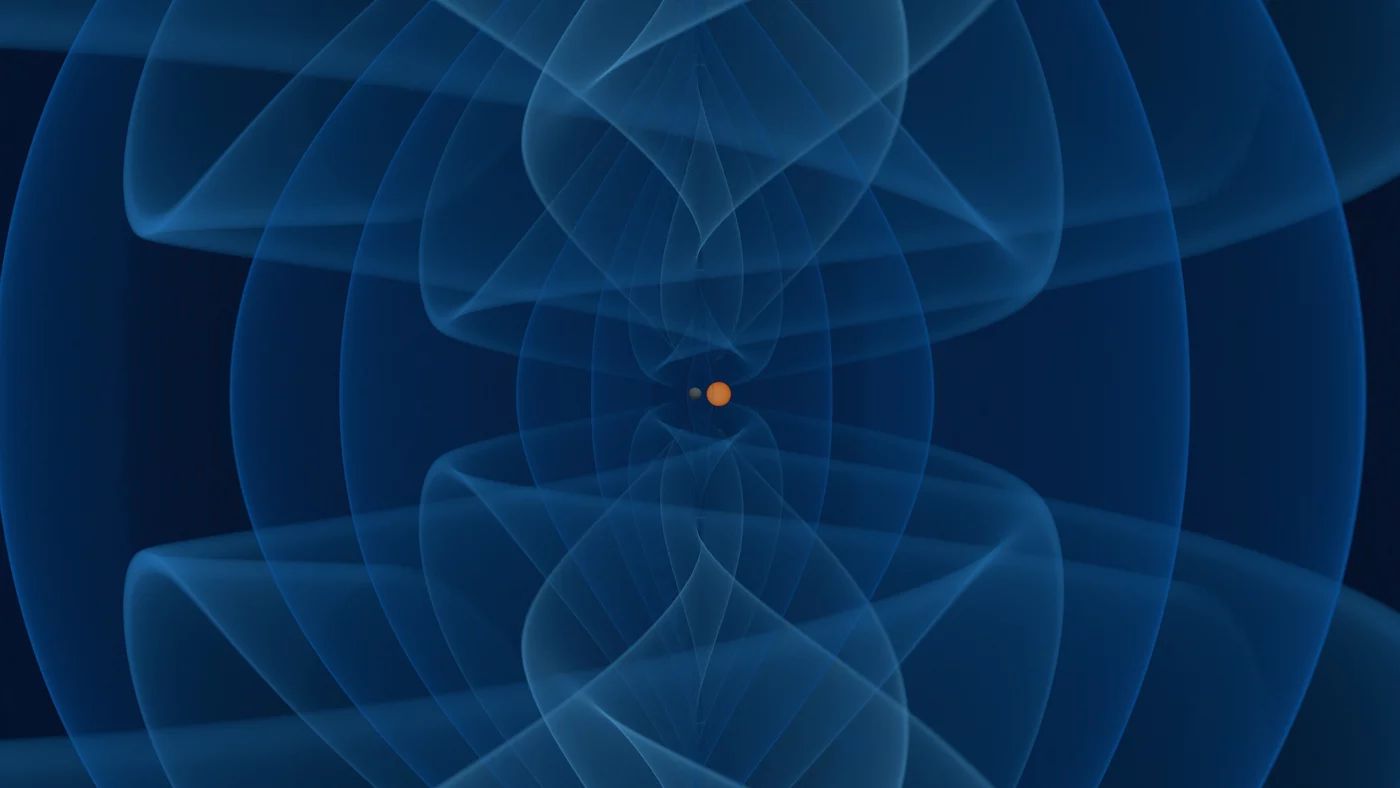Follow us on Google News (click on ☆)

Numerical simulation conforming to GW230529.
Credit: I. Markin (University of Potsdam), T. Dietrich (University of Potsdam and Max Planck Institute for Gravitational Physics), H. Pfeiffer, A. Buonanno (Max Planck Institute for Gravitational Physics)
"Electromagnetic" observations of celestial objects in the galaxy suggested that neutron stars or black holes with masses between 2 and 5 solar masses could not exist. Scientists have called this the "mass gap". The gravitational event GW230529, recently analyzed and published by the LIGO Virgo KAGRA collaboration, challenges this notion by revealing that one of the celestial bodies involved in the merger had a mass between 2.5 and 4.5 solar masses, with a 90% probability (the second object having a mass between 1.2 and 2 solar masses).
At this point, the most likely interpretation is that of a light black hole, although the data does not rule out the possibility of a heavy neutron star.
Mergers of a black hole and a neutron star with such close masses are also interesting because they have a high probability of having an observable electromagnetic counterpart. However, the event was captured while only the LIGO Livingston interferometer in the United States was collecting data among the four interferometers in the collaboration. Therefore, the event's location was too imprecise to be traced back by telescopes.
This type of fusion, more complex to demonstrate, was identified thanks to the integration of new dedicated features in the three detection algorithms of the collaboration (GstLAL, MBTA, and PyCBC) for the O4 run. Notably, the MBTA pipeline benefited from contributions from the IPHC, LAPP, and IP2I while the PyCBC pipeline had contributions from the IJCLab.